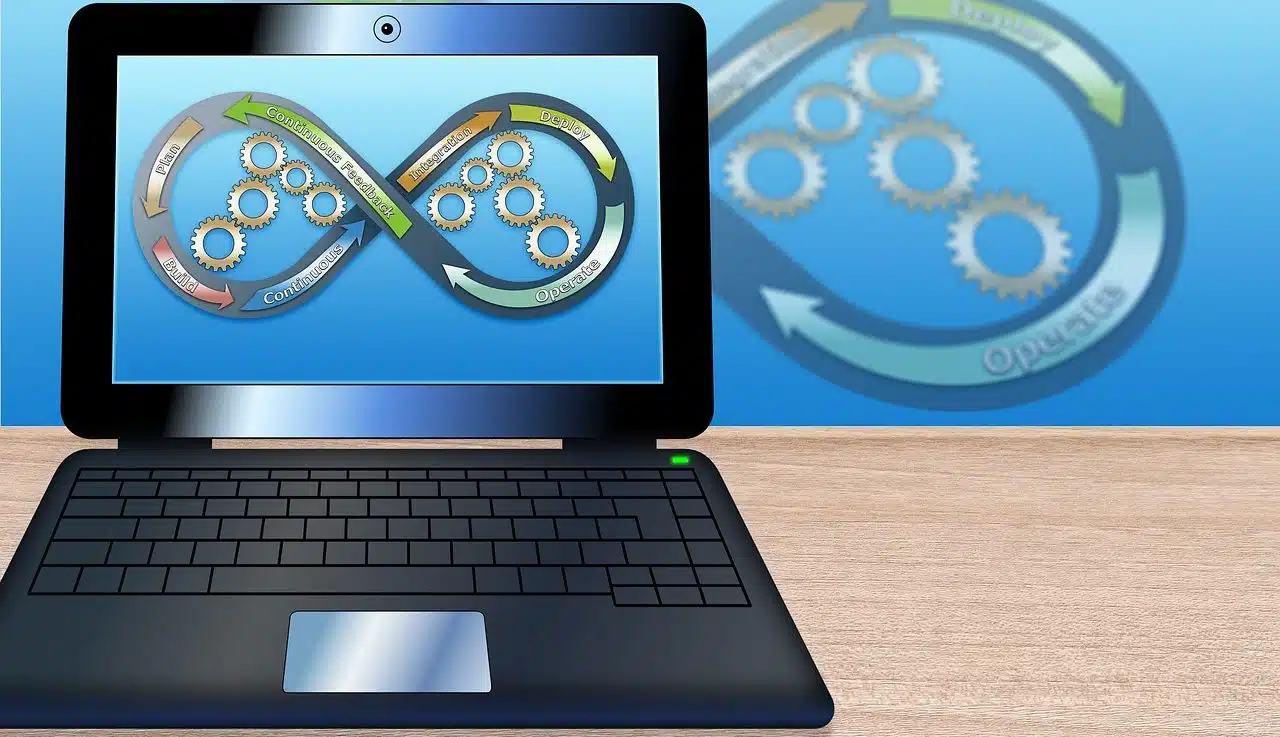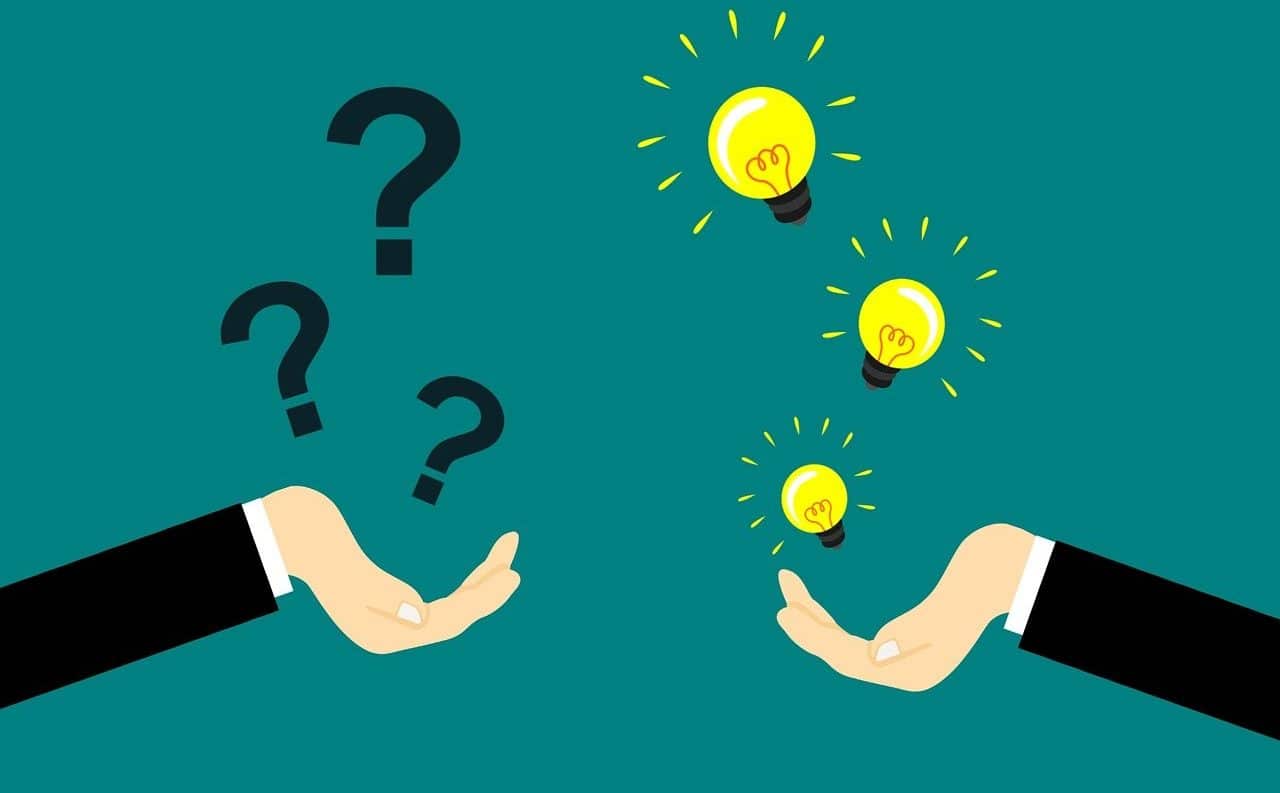
Continuous improvement contributes to the sustainable development of the company.
Continuous improvement is a concept referring to the corporate approach that aims at a constant review of activities and processes to optimize them . This vision seeks to facilitate the updates and changes necessary to reduce errors and boost performance .
Continuous improvement , in this way, implies a permanent and organized analysis of an entity's procedures . This promotes the prevention and correction of errors and works towards quality.
Origin of continuous improvement
The origin of continuous improvement is linked to the concept of kaizen . The term, from the Japanese language, is made up of two components: kai (which refers to a "change" or a "recovery" ) and zen (referring to the "good" ). It can be understood in a broad sense as a philosophical notion, although it is usually used specifically to name a quality management model.
The kaizen method began to be developed in Japan after World War II , with the occupation of the territory led by the United States . The arrival of North American technicians and engineers to provide services to industries linked to war also ended up benefiting the civil sphere, where companies acquired knowledge about work methodologies that they adapted to their idiosyncrasies and applied with precision.
According to analysts, the traditional Japanese philosophy of improvement was combined with the rational knowledge provided by the Americans to generate the strategy of continuous improvement, which helped position the Japanese economy among the most developed on the planet.

Internal audit is essential for continuous improvement.
Its principles
Continuous improvement is based on several principles or pillars, which can be associated with work methods or management models. One of them is lean manufacturing , whose objective is to achieve production that is free of waste or waste.
Lean manufacturing, in this way, attempts to reduce losses in production systems while maximizing the value created for the customer. Using the smallest possible amount of resources, it aims to avoid waiting times, defects and overproduction, among other issues.
Another concept that is related to continuous improvement is poka-yoke , a technique that is applied to avoid mistakes and mistakes when operating a system. What poka-yoke does is prevent the user from attacking the operation of a machine or system. The technique may consist of a control or detection mechanism, an alarm that warns of possible errors, or a mandatory order to complete a process.
The just-in- time method , on the other hand, is based on the arrival of supplies to the company and the delivery of products to the customer at the precise time and in the quantities required. This allows you to eliminate or reduce transportation and storage costs.
Kanban operation also appears in continuous improvement, which is linked to just-in-time: it is an information system that serves to control production. In its most basic implementation, it consists of sticking cards in containers that are removed once their contents are used to warn and remind that replacement is necessary.
Total productive maintenance , which reduces losses resulting from accidents, strikes and poor quality; the single-minute exchange of die ( SMED ), which means not taking more than 9 minutes to change a tool, machine or process; monozukuri , a work philosophy that pursues the optimization of value chain procedures; and six sigma , which aims to reduce the variability of production stages, are other precepts of continuous improvement.

With continuous improvement, problem solving is faster.
Premises of continuous improvement
There are several premises that serve as a guide in continuous improvement. They are generally summarized in phrases or acronyms that summarize the idea.
The acronym GIGO , for example, comes from the English expression garbage in – garbage out ( “garbage in, garbage out” ). This message highlights that, if data is taken that is wrong or false, the result will be data that is also wrong.
KIS , on the other hand, alludes to keep it simple ; that is, keep it simple. This is linked to not making the processes more complex. Continuous improvement is also structured in the measurement and verification of operations.
Valuing teamwork and trusting that there are no limits to improvement are also other foundations of this approach.
Its development
The development of a continuous improvement model requires, as a first step, a mapping of processes to identify and understand each one. You can then proceed to monitor and evaluate performance metrics as part of the management review .
By appealing to creativity and innovation in decision-making, it is possible to apply continuous improvement and optimize operational efficiency . None of this can be carried out if there are no managers with leadership to promote this philosophy in the organizational culture and to achieve employee motivation and commitment.
